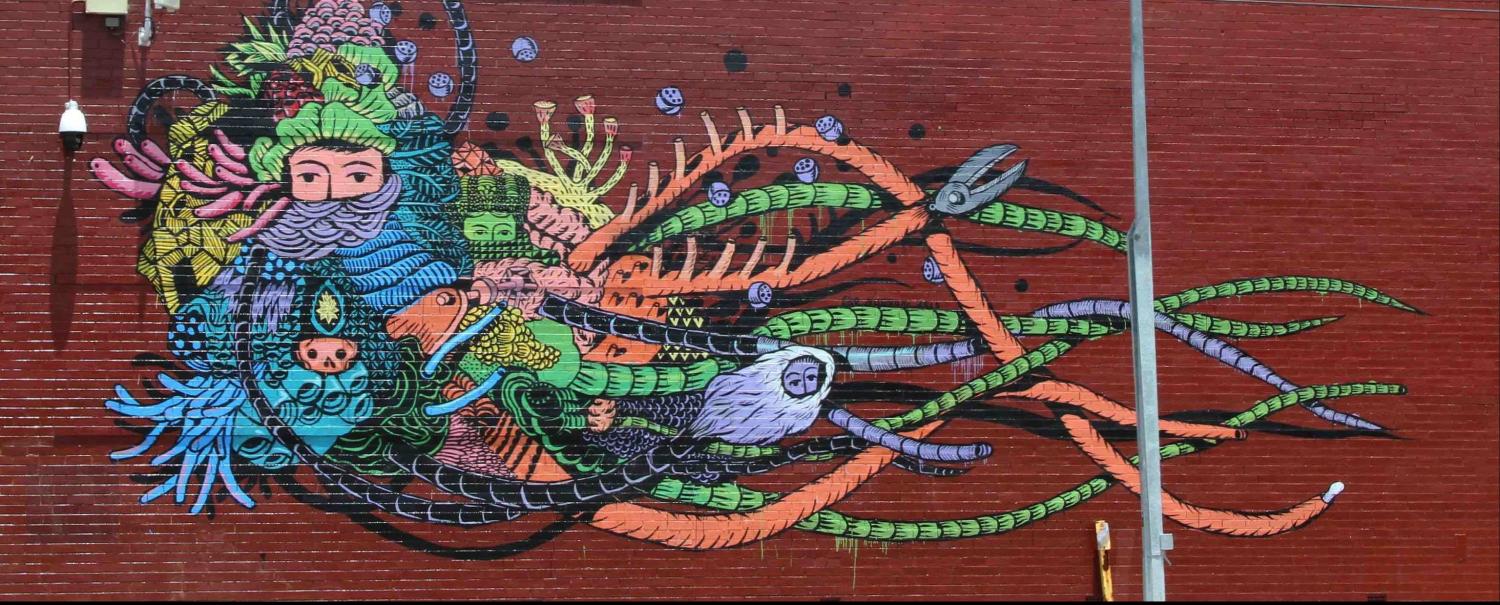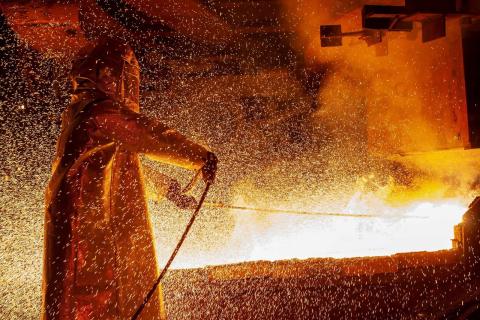This month, Indonesia commemorates 20 years since the fall of strongman Suharto and two decades of the Reformasi era. Today, the strife of 1998 serves as inspiration for the country’s burgeoning contemporary arts.
Suharto’s New Order period was marked by mass-centralisation of powers in Jakarta, from which Indonesia’s cultural and artistic industries were not exempt. By the end of the Suharto era, any performance or exhibition needed the express permission of no less than four separate offices, including police and military, to go ahead. Cultural researcher Jennifer Lindsay has written that events at the time could be shut down “immediately if considered to have transgressed limits of tolerated political comment, or to have insulted ethnicity, religion, race, or inter-group relations”.
This environment, paired with the government control of all art schools in Indonesia, gave the Suharto administration immense control and influence over works of art produced during this period. Lindsay notes that this control also led to weariness among private citizens who would otherwise be strong patrons of the arts, leaving the country’s artists to navigate the minefield of acceptable subjects, or to look overseas for support.
Suharto’s demise not only freed the nation’s politics but also changed its art scene dramatically. Today, both Yogyakarta and Jakarta are developing reputations as contemporary art hubs in Asia, and Indonesia’s best artists are regularly showcased across the world. For the generation of artists who came of age in 1998 and are now reaching the top of their field, the days of the New Order continue provide ample inspiration, as well as cynicism.
Eko Nugroho is one of the leading artists of that generation. His bright, colourful sculptures, installations, wall art, and embroidery pieces deal with pertinent political issues, from corruption to the environment, and have been exhibited internationally. As a postgraduate student at Yogyakarta’s Indonesian Institute of the Arts in 1998, Nugroho’s work gradually became more political.
“The year was a starting point and a trigger to develop my works, so it was a kind of inspiration,” he told me.
I am part of the generation of artists post-Reformation, which means I am aware of the particular phenomena that took place in this country, and I can scrutinise their development. In those transition times, Indonesia chose democracy, but the Indonesian version of democracy … This idea of having our own version of democracy I find interesting and I often try to raise it in my works. We see and understand democracy through our society, our dynamics, and through the background of our political history, which have all shaped the current situation we are in.
The dark days of the 1965–66 anti-communist purges are a favourite subject for Indonesian artists. Pre-election promises from President Joko Widodo have failed to come to fruition, leaving the hard questions to be asked by practitioners such as Tintin Wulia, whose futuristic installation Not Alone reimagines the conflict 100 years in the future.
Questioning the legacy of the 1965 purges, talk of which was banned under Suharto, through art has become a lightning rod for conflict between the progressive community and conservative civil society groups and police. Yogyakarta, a city proud of its reputation as a place of tolerance, representative of the multiple identities found in Java, is a particular hotspot for protests, prompting an existential crisis.
Still, Nugroho never finds himself short of inspiration, echoing the oft-heard criticism of the Reformasi-era – how different is it really to before?
Even though Indonesia chose this new system, not many things have actually changed. The ways of thinking of those who run the country is still similar to [the New Order regime]. Twenty years is a short time. Those active in the New Order are still in power now.
That spectre influences the contemporary arts scene in Indonesia, Nugroho says. While Indonesian artists are less likely to be imprisoned for political works – a risk still faced by artists in neighbouring countries – there is a widespread and growing sense of self-censorship.
Nugroho believes this is because successive governments have been focused on the economic and political development of Indonesia, leaving fringe elements of civil society to rise unchecked. Younger artists in Indonesia were only children at the time of the upheaval in the late 1990s, and a division between them and artists of older generations has emerged.
Past fears are still brought up by senior artists, while the younger ones use political messages in more obvious ways. But the threats actually come from around us, from the society itself.
Nugroho points to extremist groups such as Jamaah Ansharut Daulah, a local affiliate of the Islamic State, as the “real censors”. Attacks such as those this month in Surabaya “create terror, fear, and anxiety”, and in turn give the government more scope to intervene in the name of security.
While that in itself is not unique to Indonesia, the relative newness of the country’s democracy creates pressure. Nugroho says:
[In Indonesia] everyone is still euphoric about being able to speak out, to criticise, or comment. Everyone talks, but it doesn’t mean they are ready for criticism. Everyone closes their ears. They want their own version of truth. We minimise research and data, and express our ego and personal opinions.
These teething pains have come to define much of Nugroho’s work and Indonesia’s global reputation in recent years.
This sort of democracy becomes interesting for me to observe, translated in my series of works with masks, although not in an obvious way. My works represent the stories I create which I wish the public can understand in their own ways and connect with what they’ve personally experienced, or with events they know.

